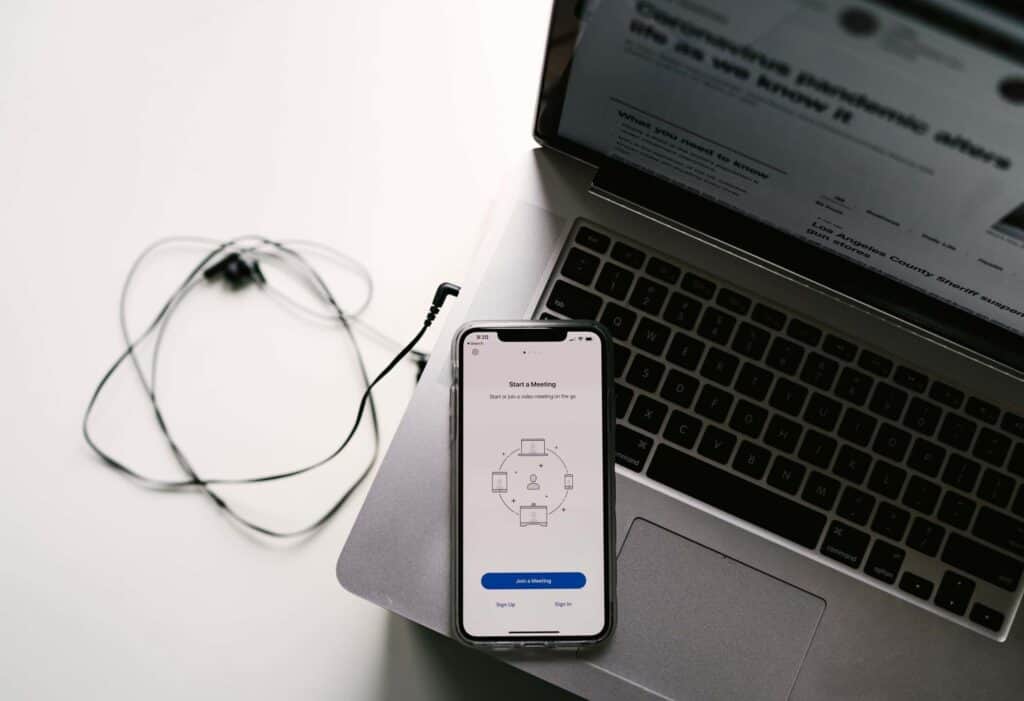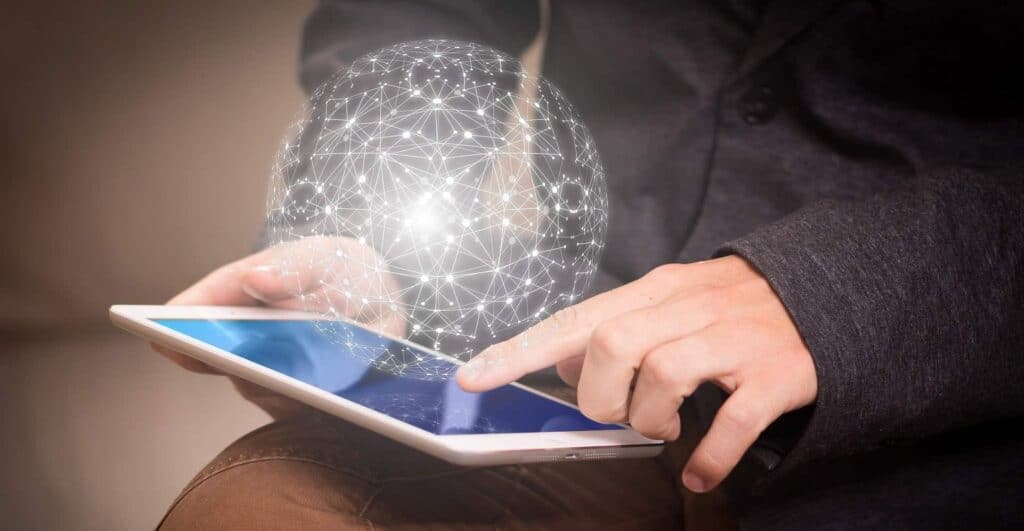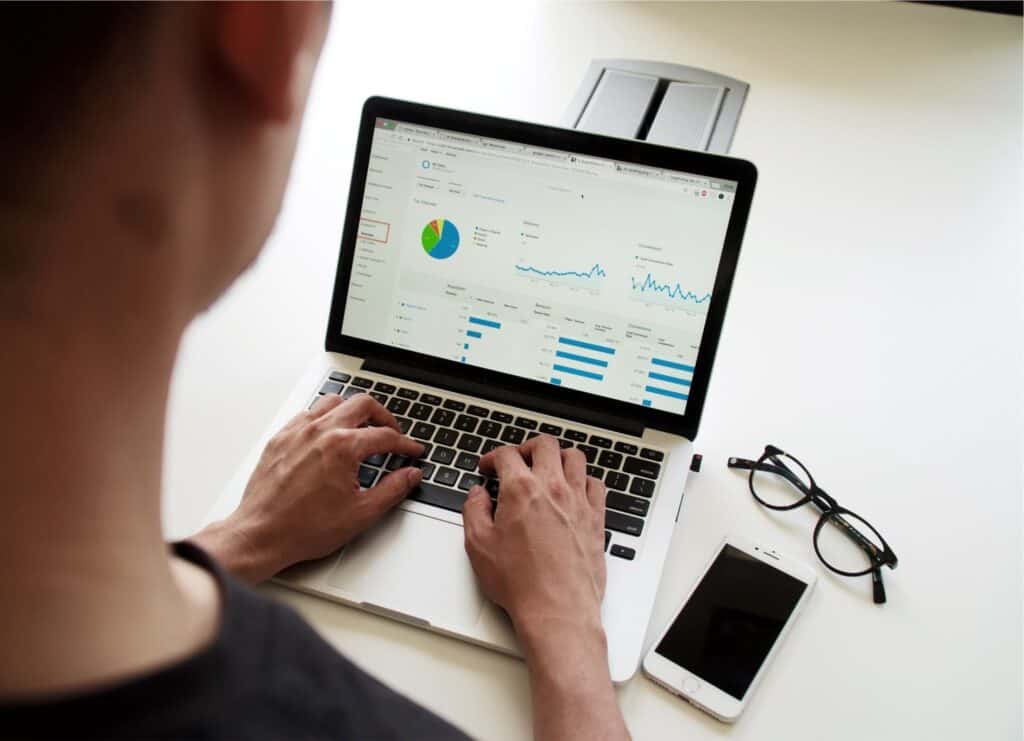
Global situations relating to the COVID-19 pandemic have impacted the business and has also impacted the work of auditors. The current situations challenge the conventional methods adopted for an audit. The current uncertainty and unpredictability may create risks of material misstatement in the audits.
There anyone who loves or pursues or desires to obtain pain of itself, because it is pain, but because
occasionally circumstances occur in which toil and pain can procure him some great pleasure. To take a
trivial example, which of us ever undertakes laborious physical exercise,
Predicting the unpredictable: Adapting to the changing needs” has always been a key mantra, and this holds true today with the emergence of COVID-19.
Considering the recent situation and the paradigm shift in business operations CyRAACS would advise the audit teams to adopt the below methods for a precise, fact-based audit.
1. Re-evaluate the audit scope

With the change in the mode of business operations and the technology implemented, auditors may have to relook at the scope of the audit. Include the technology and architecture deployed to support remote working. Auditors may have to re-evaluate the effort estimates and timelines based on the changes in the scope of the audit.
2. Utilize Collaboration tools and communicate

Conference or video call facilities or collaboration tools such as Skype, Teams, Slack, etc. allow for regular communication with clients and team members. Extensively use collaboration tools to communicate what you need and what you have been working on. An additional point to note while implementing these communication and collaboration technologies is to keep an eye on the advisories issued with the vulnerabilities identified in these technologies. Any open-source tools adopted may be evaluated for any security flaws before implementation.
3. Use cloud services for storing evidence

Utilize cloud storage services to collect audit evidence. The cloud services like OneDrive, SharePoint enable gathering adequate, appropriate audit evidence remotely. Ensure all security controls are implemented in the cloud service being used for restricting any data leakages. Additionally, ensure that the current cloud platform being used is accessible to all stakeholders required to provide data for the audit.
4. Technology controls to be stringently implemented by the IT Team

In the event of the recent crisis and the work from home model adopted globally, the IT team may be evaluating stricter and stringent controls on implementing digital certificates, Multi-Factor Authentication to the environment, etc. Auditors may integrate the additional security controls in their methodology to adapt to the changing environment.
5. Check for regulatory/contractual requirements for evidence sharing

All the regulatory requirements for data hosting, data sharing may be validated before sharing the data with the auditors. In the case of strict organizational policies on data sharing, organizations may create a segment or a white room for the auditors to securely review the evidence.
6. Centralize work performed by other auditors

Centralize the audit engagement and the documentation on the cloud platform. This would enable the audit team to coordinate and review the work of auditors to meet the requirements in auditing and reporting standards.
7. Flexibility in reporting audit findings

As audit teams respond to the crisis and changing business risks in differing ways there may arise a need for more adaptable and flexible auditing techniques During this period, auditors may not be restricted to the traditional reporting methods and may consider different reporting templates like unrated reporting, e-mail reporting, mid-review reporting.
8. Reassess key risks in a real-time environment

Risk changes rapidly with the slightest change in the environment. Re-Assess the current environment to identify the new threat landscape and associated risks. The exercise would give insights into the changing risk landscape and aid in developing a robust risk mitigation strategy.
Additional Articles for a good read and understanding of global security controls and audits:
1. NBS Special Publication 500-153: Guide to Auditing for Controls and Security: A System Development Life Cycle Approach
2. NIST Special Publication 800-53 A: Assessing Security and Privacy Controls in Federal Information Systems and Organizations.
In conclusion, conducting a cybersecurity audit in the midst of a crisis is essential to ensure that an organization’s data and systems are secure. It is important for organizations to be aware of best practices for such audits, in order to successfully mitigate risks and vulnerabilities during times of uncertainty. Preparing for potential cyber threats by strengthening security protocols should be considered as part of any crisis plan. Organizations must also remain vigilant and monitor their systems on an ongoing basis, so as to detect possible threats before they become a problem.
